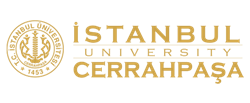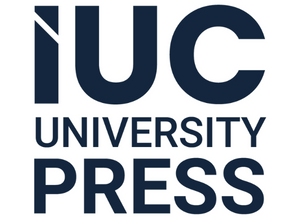Objective: The study aimed to determine the levels of disaster literacy (DL) and related factors among families of children with special needs.
Methods: The descriptive-correlational study was conducted with 151 participants between March and April 2024 at a private rehabilitation center in Istanbul. Data were collected using the descriptive information form and the Disaster Literacy Scale (DLS). Independent samples t-tests and one-way ANOVA were used for data analysis.
Results: The average total DLS of the participants was 22.49 ± 4.64. A significant association was observed between the DLS score and education level, marital status, survival kit possession, and having a family disaster preparedness plan. High school graduates exhibited higher DL levels than primary school graduates, and single participants demonstrated higher DL levels than married participants. Participants who had a survival kit and a family disaster preparedness plan at home demonstrated higher DL levels.
Conclusion: This study demonstrated that families of children with special needs had insufficient DL levels. Assessing their DL is crucial for developing strategies to enhance disaster management and reduce associated risks. Future studies should prioritize efforts to improve DL levels among families of children with special needs.
Cite this article as: Yas MA, Demirtas S. Disaster literacy levels of families with special needs children and associated factors: A descriptive-correlational study. Arch Health Sci Res. 2025; 12, 0164, doi: 10.5152/ArcHealthSciRes.2024.24164.


.jpg)


